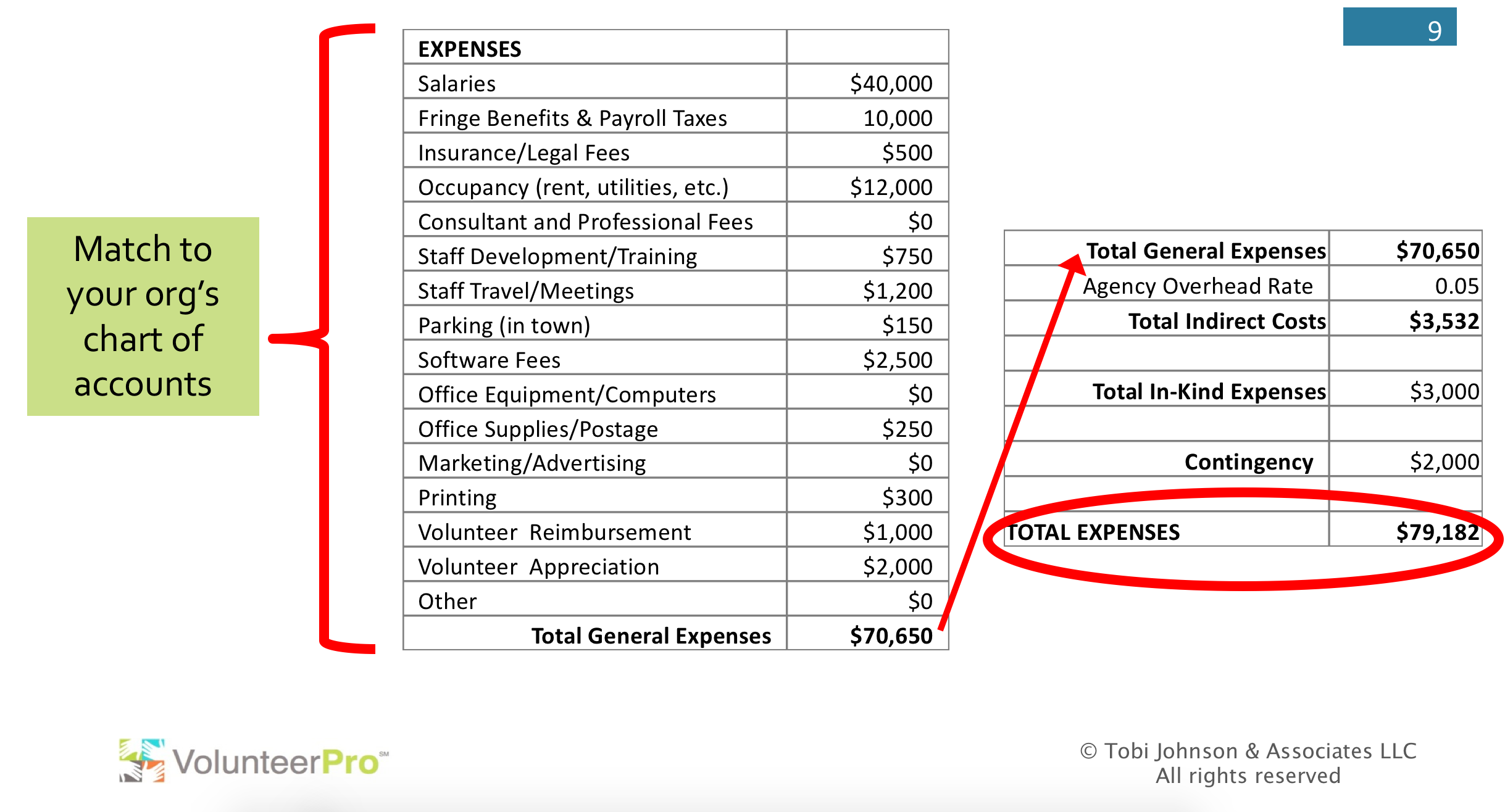
How to Create your Volunteer Program Budget
It’s always surprising how many volunteer managers either don’t have a dedicated volunteer program budget, or haven’t seen it. In fact, in our 2019 Volunteer Management Progress Report, we found that 23% of volunteer managers don’t know their program budget, and 35% are working with a volunteer budget of less than $5,000. Do you fall into either of these categories?
Not having a say in your fiscal future puts you at a major disadvantage. Even if you don’t have the authority to approve expenditures, you should take an active part in the financial planning process.
Your input and insight as a volunteer professional are valuable and when not included in the conversation, you risk perpetuating the common misconception that because volunteer labor is free, volunteer support is also without cost.
What Should be Included in a Volunteer Program Budget?
Whether your plan for revenue and expenses is small or large, includes in-kind resources or is strictly cash-based, is stand-alone or integrated into departmental budgets, you can create and track your own plan for resource allocation.
There are four general cost covered by nonprofit budgets:
- Direct Costs — Directly related to a specific project or program
- Capital Expenditures — Items that have lasting value (cars, real estate, etc.)
- Indirect (“Hidden”) Costs — Not project-related but necessary to successful functioning
- In-Kind Contributions — “Free” donations of goods or services (count as both expense & income)
Indirect costs are also known as overhead costs, administrative costs, supportive services, or operating costs. Many organizations have a set fee or overhead cost for each program (a percentage of the total program budget).
What should you include in a budget specifically for your volunteer program? In short, any resources you need and use, including those that support you in becoming a better manager and leader.
Here are a few things to consider including:
- General Marketing (website design, search engine optimization, brochures, display/promo items, etc.)
- Volunteer Recruitment (online postings, volunteer center membership, background checks, etc.)
- Volunteer Appreciation (special events, recognition items, food/beverage, etc.)
- Volunteer Support & Reimbursement (volunteer management & communications software, mileage, travel, phone, supplies, etc.)
- Your Professional Development (training, certification, publications, conferences, membership fees, etc.)
Every accounting system has a chart of accounts that classifies sources of revenue, types of expenses, and their corresponding line items. Line items are simply the categories included in each budget. If you align your categories to match your fiscal department when you develop your volunteer budget, you will be able to monitor expenses and communicate with internal stakeholders in terms they understand.
Some contracts and grants may require that you use their categories. In that case, establish a clear map for your system from theirs (e.g., office expenses may include telephone, printing and your Internet connection). You can also separate out expenses by grant in your budget.
Sample Line Item Budget for Volunteer Program
What If I Haven’t Had a Volunteer Program Budget Before?
There’s no time like the present to start! A budget tells your nonprofit’s story through the numbers. Without one, you run the risk of being ignored and misunderstood. If your line items are embedded in other departmental budgets, the true cost and impact of volunteers can never be truly known.
When developing budgets for activities other staff aren’t overly familiar with (volunteer management anyone?), it’s useful to add short narrative explanations for entries. This helps those reviewing the budget become aware of the underlying rationale and alerts them as to the reason why certain number in this year’s proposed budget may be different from last year.
Budget notes are simply a few sentences to justify need and cost. They can be included in the spreadsheet or in a separate document. Be sure to include any of the following that apply to your situation:
- Staff Info (positions, qualifications, roles, etc., paid and volunteer)
- The Math (the calculations)
- Vendors (why you chose each one)
- Events (purpose, plans, locations, etc.)
- Recognition (rationale, goals, etc.)
- Overhead (what it covers)
- Expected Volunteer Hours (equivalent FTEs) & Achievements
Where will the Funds Come From?
In addition to expenses, a complete budget should include an estimate of your projected program revenue for the next three years, listed by funding source. By listing more than one year, you can paint a clear picture of how the funding will change over time. For example, you may be able to show as government grants decline, how other planned sources will take over.
If you’re unsure of your funding, you can qualify your income projections by marking them as committed, likely, and possible. This helps build transparent and trusting relationships with those who have the power to approve or block your budget. It also always them to plan for contingency funding.
There are many creative ways you can gain funding for a volunteer program budget. Here are just a few strategies to may help you and your organization allocate funds for volunteer support:
- Allocate a percentage of total charitable donations to the organization, based on the percent of total donated volunteer time.
- Allocate a percentage of total program fees based on the percent of the total staff hours volunteers donate.
- Allocate special event proceeds – this can be all proceeds or a portion of the revenue.
- As agency overhead, ask every program in the agency that utilizes volunteers to set aside a percentage for the volunteer budget.
- Include volunteer services as a percentage of the program grants that include volunteers, as part of direct service costs.
- Conduct fundraising campaigns to cover general operating expenses or specific purchases.
If you don’t have a budget yet, take heart. Many of your peers don’t either. But, as organizations rely more and more on volunteer talent, it’s time to flip that script. Even if you cannot implement a full-scale budget just yet, take some proactive steps this year to develop a realistic and actionable budget that truly reflects the value of the volunteer effort. You have nothing to lose and everything to gain.







